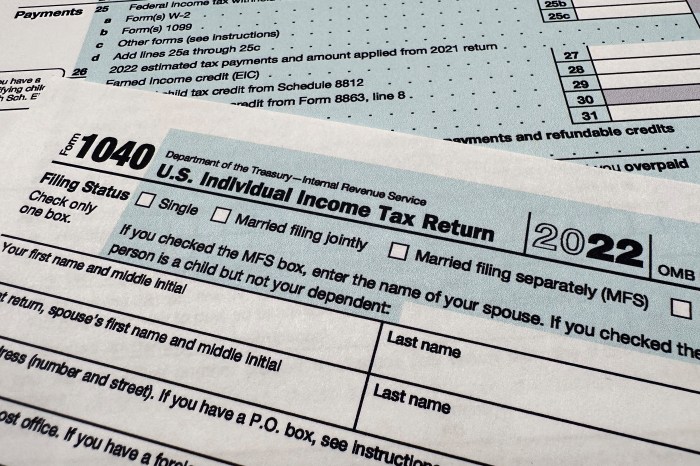 Dr. Marisa Weiss is a survivor of breast cancer.
Dr. Marisa Weiss is a survivor of breast cancer.
Credit: BreastCancer.org
Dr. Marisa Weiss calls herself a dual citizen in the world of breast cancer. Weiss, a practicing breast cancer oncologist at Lankenau Medical Center near Philadelphia, is founder and president of BreastCancer.org, the world’s most utilized online medical resource for breast health and breast cancer. She is also a breast cancer survivor since 2010.
Weiss, who wrote the book “Taking Care of Your Girls: A Breast Health Guide for Girls, Teens, and In-Betweens,” strongly recommends performing breast self-exams once a month several days after your period, despite some controversy about their effectiveness. She urges women to be their own best advocates.
“Early detection gives you the best shot of treating the cancer,” she says. “Breast cancer, in the early stages, has no symptoms. It doesn’t let you know it is there.”
The doctor suggests beginning the breast self-exam by inspecting your breasts closely in the mirror.
“You should take notice of changes in contour, rashes, indentations, nipple discharge and if one breast is bigger than the other,” says Weiss.
Then, you should examine your breast either by moving the fingers up and down, traveling from the left to the right of the breasts as if mowing a lawn. Or, start at the nipple and moving the fingers outward in a spiral. Examine areas close to your breasts too, from the top of the collarbone, to the armpit, to the top of the abdomen.
“Each quadrant or neighborhood of the breast should feel different. The upper right area, near the armpit, tends to have the most prominent lumps and bumps,” she says. “The lower half of the breast feels like a sandy or pebbly beach. The area around the nipple feels like large grains and another part may feel like lumpy oatmeal.”
The goal of a regular exam is to familiarize yourself with how the various neighborhoods of your breast normally feel and look.
“Does something stand out as different from the rest (like a rock on a sandy beach)? Has anything changed? Bring any changes in your breasts that last over a full month’s cycle to the attention of your doctor,” says Weiss.
Why the rise?
Weiss partially attributes the rise in incidences of breast cancer to women having children later.
“Breasts are not fully formed until you have a full-term pregnancy. Nature gave breasts the job of producing milk. They are immature until they get a job,” she explains. Until they are fully formed, they are more susceptible to the hormones they come in contact with.
Skip that second drink
Along with breast self-exams, Weiss suggests lowering your alcohol consumption to reduce your risk of breast cancer.
“It’s best to reduce consumption to five or fewer drinks per week,” said Weiss.”The risk of breast cancer increases with the amount of alcohol consumed.”


















